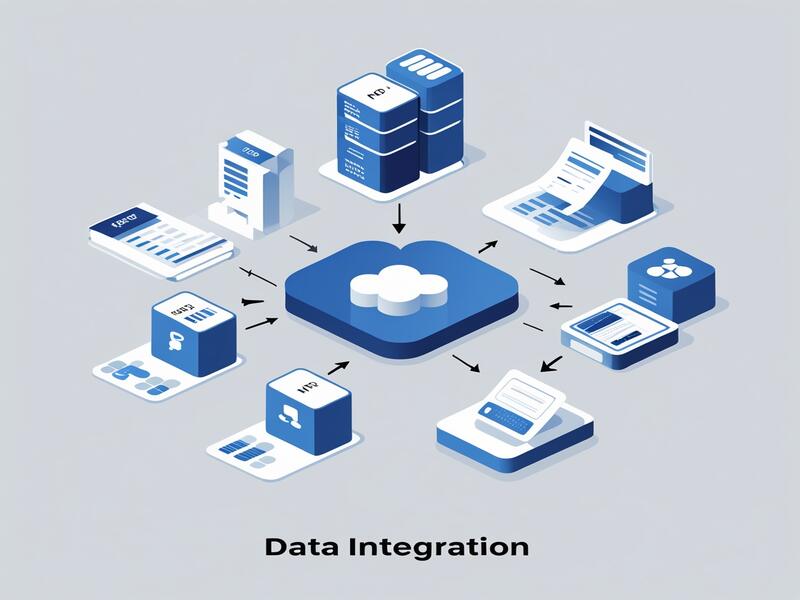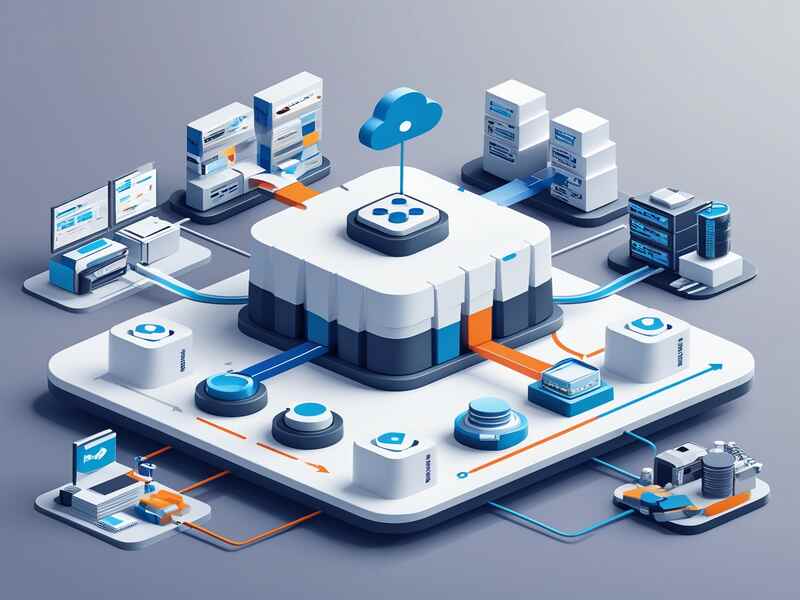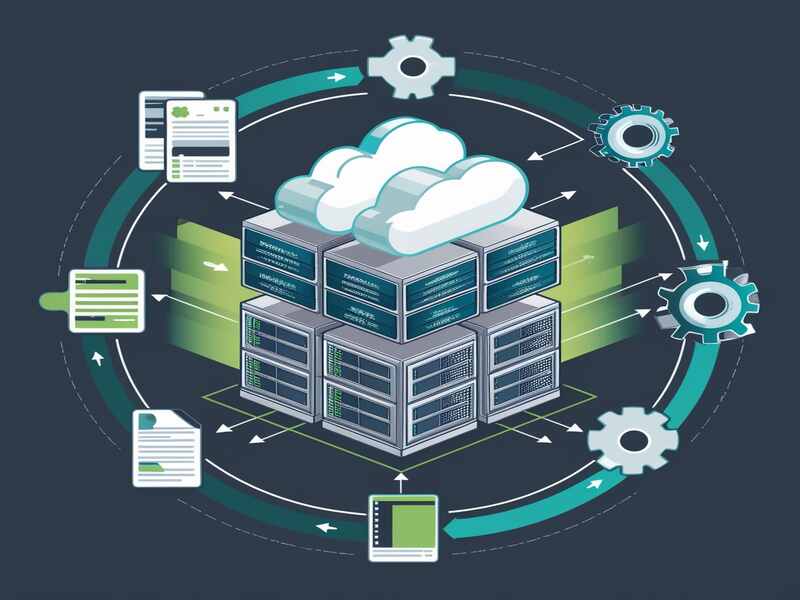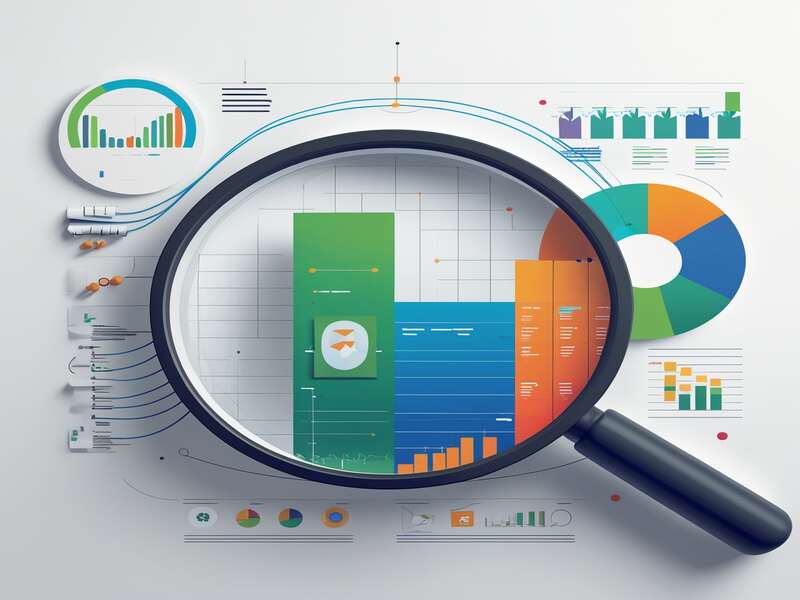What is IBM Infosphere MDM?
Data management is a critical aspect of any business operation, and master data management is at the heart of it. IBM InfoSphere MDM is a powerful software solution that offers a range of tools for managing master data, including data integration, data quality, data matching, workflow management, and reporting.
What is IBM Infosphere MDM?
With this suite, businesses can ensure that their master data is accurate, consistent, and complete, enabling them to make informed decisions and improve their operational efficiency.
IBM’s InfoSphere MDM is a powerful software solution that offers a unified and reliable source of master data for organizations. This comprehensive suite of tools helps manage and maintain accurate, consistent, and complete data for various domains, including customers, products, suppliers, and locations.
With features such as data integration, data quality, data matching, workflow management, and reporting, IBM InfoSphere MDM ensures that data is accurate, consistent, and complete, enabling organizations to make informed decisions, improve operational efficiency, and gain a competitive edge in their industry.
By reducing data redundancies, eliminating data discrepancies, and enhancing data management capabilities, IBM InfoSphere MDM helps organizations achieve greater operational efficiency, improve decision-making, and gain a competitive edge in their industry.
Overview of Master Data Management (MDM)
Master Data Management (MDM) is a comprehensive approach to managing and maintaining the most critical data within an organization, such as customer, product, and supplier data.
The goal of MDM is to provide a single, accurate, and consistent source of truth for key business information, which is essential for making informed decisions and improving operational efficiency.
MDM integrates data from various systems and domains, ensuring that all stakeholders work with the same set of reliable and up-to-date information.

MDM solutions typically include tools for data governance, data quality, data integration, and data modelling. These tools help businesses manage data from diverse sources, resolve inconsistencies, and eliminate data silos.
By centralizing and standardizing master data, MDM ensures that organizations can maintain accuracy, consistency, and compliance across various systems and processes.
Implementing MDM enables businesses to streamline operations, improve customer relationships, and enhance decision-making by ensuring data accuracy and eliminating redundancies. It also supports regulatory compliance and helps mitigate risks associated with data inaccuracies.
MDM plays a critical role in helping organizations optimize their data management practices and ensure the quality and reliability of key business information.

Infospehre MDM Training

Master Data Management in IBM InfoSphere
Master Data Management (MDM) is a technology that synchronizes the most important components of data in an organization, typically pertaining to customers or products.
It involves a focus point, creating the plumbing necessary to synchronize data between the central idea and supporting systems.
MDM solutions also address the quality of the information, ensuring accuracy. Third-party data sources can help confirm the accuracy of the data and add more client information.

However, the success of MDM solutions lies with the business, requiring procedures for resolving system inconsistencies and executive support for implementing challenging decisions.
tricity’s expertise lies in implementing MDM solutions and advising businesses, and they are a dedicated collaborator in their clients’ success.
MDM is the process of organizing and analyzing data to make informed decisions. It involves three main aspects: management, architecture, and products.
MDM is defined as the process of organizing and analyzing data to make informed decisions. It involves the use of data to make informed decisions, such as identifying patterns, analyzing trends, and predicting future outcomes.
An example of a transaction is a customer purchasing a product from a retailer. The transaction involves the customer providing information about the product, such as the price, quantity, and delivery time.
The customer’s purchase history helps in understanding the relationship between the customer and the product.
MDM can be applied to various industries, such as finance, marketing, and healthcare. By understanding the importance of MDM, businesses can make informed decisions and improve their overall performance.
Core Data Model of MDM
The data model is at the core of the MDM system. It is where master data is stored and given its unique identity. This model ensures that all records are structured correctly, making it easier to manage, update, and access the data when needed.
The data model is essential for ensuring that master data remains consistent across systems and is properly integrated into business processes.
Technical Capabilities of MDM Engines
The MDM engine offers various technical capabilities, such as
Matching and Reduplication: These features ensure that duplicate records are identified and removed, allowing for clean and accurate master data.
Data Stewardship: The Data Stewardship UI provides a user interface that allows users to manage data, search for records, merge entries, and deduplicate data efficiently.
These technical features are vital in managing the quality and consistency of master data across systems.
Software Management and Compliance in IBM InfoSphere MDM
IBM InfoSphere MDM provides a comprehensive solution for managing software assets, including a robust software publishing catalog that encompasses over 8,000 software publishers and 40,000 software products.
This catalog is updated regularly, enabling the identification of software usage issues and potential exploits across various environments.
The system offers real-time visibility into installed software, making it easy to analyze software usage over different timeframes and optimize performance.

It also aids in compliance by allowing for the identification of unused software, simplifying software audits with reports in CSV or PDF formats, and enabling scheduling for automated delivery.
Additionally, IBM InfoSphere MDM helps manage software licenses by ensuring compliance with usage agreements and optimizing license deployment to avoid legal or financial risks.
Integration with solutions like the intelligent Cloud Control Desk further enhances the system’s ability to manage software and licensing, offering businesses a comprehensive approach to IT asset management and compliance.

Infoshphere MDM Training

Styles of Master Data Management (MDM)
MDM can be implemented in different styles to suit various business needs:
Virtual MDM: Focuses on virtual registries, which are typically used for lightweight integration and to access external data.
Centralized MDM: Uses a single, central repository for all master data, often managed within a physical infrastructure.
Collaborative MDM: Utilizes both virtual and physical systems, enabling businesses to work with both styles as needed.
Physical MDM: Relies on centralized systems that store and process all data within a physical infrastructure.
These approaches help businesses to tailor their MDM solutions based on their existing resources and future needs.

MDM Architecture and Data Model
Master Data Management (MDM) architecture involves understanding the structure and flow of data across various systems. The key aspects of MDM architecture include configuring services and addressing challenges like data duplication and linking different records.

The data model in MDM plays a vital role in organizing and managing master data, ensuring that valuable information remains accurate and consistent across systems.
The concept of the virtual data model is also crucial, as it allows businesses to manage data in a way that adapts to changing needs. This helps in integrating data from various sources while maintaining its integrity.
A well-configured MDM system aids in resolving issues related to data duplication and inconsistencies, which are common in large organizations.
Importance of Master Data in Business Operations
Master data is considered one of the most valuable assets for businesses, as it defines core information such as clients, products, and suppliers. Inaccurate or fragmented master data can lead to inefficiencies, errors, and poor decision-making.
Maintaining a centralized and accurate source of master data is essential for businesses to function effectively and make informed decisions.
Master Data Management (MDM) helps organizations ensure that their master data remains consistent, accurate, and up-to-date.

This process facilitates the creation of a single, reliable record for each client or product, which can be referenced during transactions and decision-making processes.
Ensuring the accuracy of this data is critical for business success, as it supports operational efficiency and strategic planning.
Conclusion
In today’s data-driven world, managing master data effectively is crucial for organizations to gain a competitive edge. IBM InfoSphere MDM is a robust software solution that offers a unified and reliable source of master data for various domains, including customers, products, suppliers, and locations.
With its comprehensive features, such as data integration, data quality, data matching, workflow management, and reporting, IBM InfoSphere MDM ensures that master data is accurate, consistent, and complete, leading to improved operational efficiency, better decision-making, and a competitive edge in the industry.
By providing a unified platform to manage and maintain master data, IBM InfoSphere MDM helps organizations eliminate data discrepancies, reduce data redundancies, and enhance data management capabilities.
Consequently, it is an essential tool for organizations seeking to optimize their data management processes, reduce costs, and improve overall business performance.

Infosphere MDM Price


Vanitha
Author